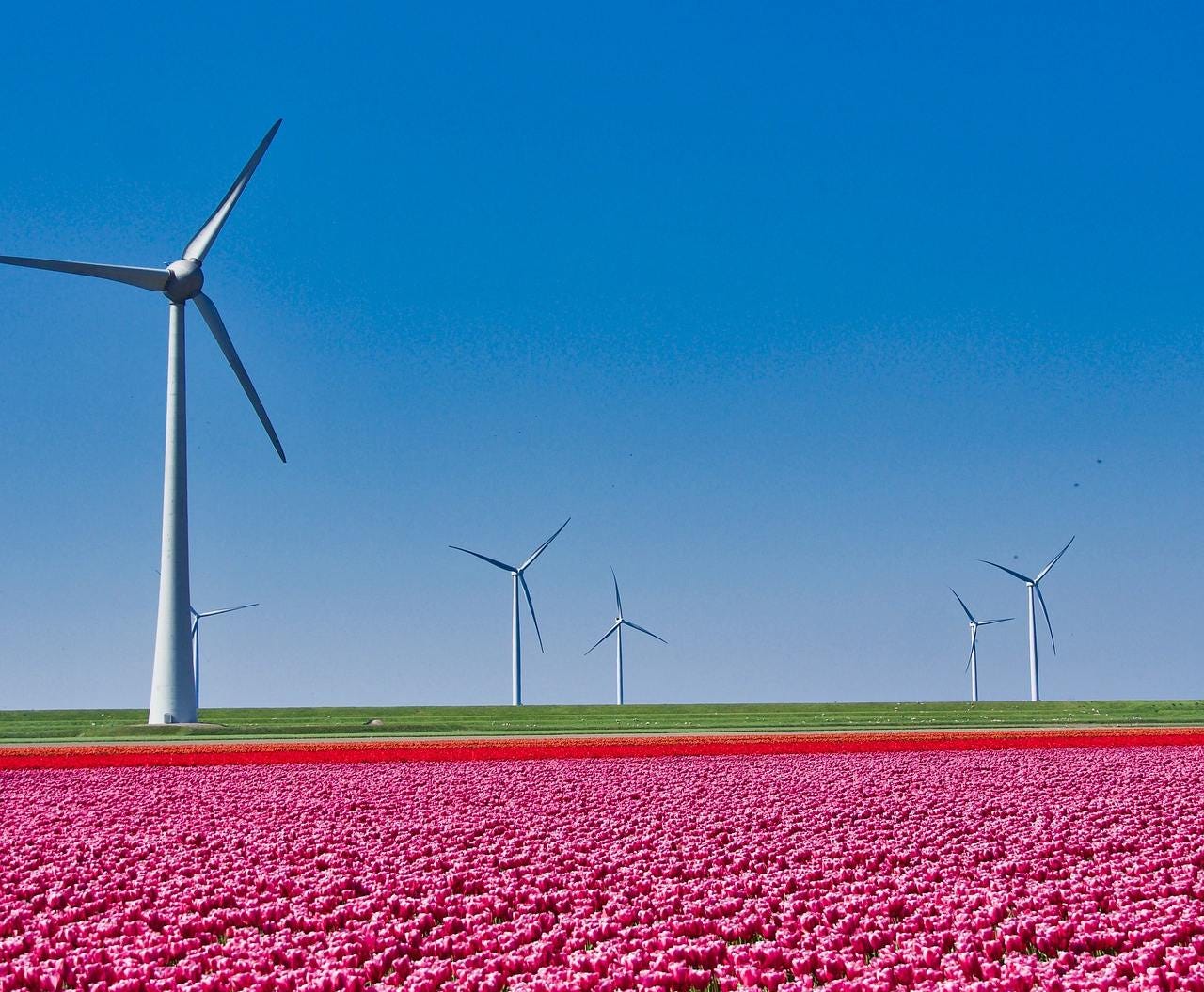New advancements in the energy infrastructure
We look at the demand for platinum, a new incentive in Australia to invest in hydrogen, and a town in the Netherlands where the future has already arrived.
Creating hydrogen is one thing, but at some point, you need to release the energy stored in the molecule. To achieve that, you can either burn hydrogen directly or use a fuel cell. The latter is currently undergoing a technological revolution. While fuel cells are already highly efficient, ongoing research and development aims to further enhance their effectiveness. However, one essential requirement for all fuel cells is platinum. This rather rare and expensive mineral is crucial for the Proton-exchange membrane (PEM) inside the fuel cell. Some researchers are attempting to replace platinum without compromising its efficiency, but for now, all fuel cells still rely on platinum.
There is a growing recognition that having a secure stake in the value chains of climate-safe energy technologies, such as green hydrogen production, can enhance a country's economic competitiveness, energy independence, and national security. Considering the significant number of electrolyser projects currently in the pipeline, and assuming that the PEM market share ranges from 31 percent to 96 percent, it is estimated that between nine million tonnes and 29 million tonnes of platinum-enabled green hydrogen could be produced by 2030. However, this poses the challenge of a potential significant rise in the price of platinum. A comprehensive analysis of the situation was recently posted by the CME Group, providing valuable insights.
https://www.cmegroup.com/articles/2022/platinum-the-critical-mineral-for-energy.html
Hydrogen is a naturally occurring element that can be found everywhere. However, the challenge lies in capturing it. While hydrogen can be produced, it can also be discovered as a ready-made product. Unlike oil or coal, which can be found in abundant quantities worldwide, the existence of large hydrogen fields is relatively rare. However, a significant development has taken place. La Française d'Énergie (FDE) has made a groundbreaking discovery of a substantial deposit of natural hydrogen, raising hopes that it could be a game changer in Europe's energy transition. It is estimated that the Lorraine basin may contain 46 million tonnes of natural hydrogen, which is equivalent to half of the world's current hydrogen production. This discovery has the potential to make a significant contribution to the European Union's decarbonization objectives.
https://www.euractiv.com/section/energy-environment/news/excitement-grows-about-natural-hydrogen-as-huge-reserves-found-in-france/
Governments are exploring various options to support the energy industry's investments in establishing a hydrogen industry. One example is the Inflation Reduction Act of the USA, which the Biden administration has implemented to incentivize the US industry to invest in green energy. Australia, a country heavily reliant on its coal industry, is also taking steps in a similar direction, albeit on a smaller scale. They are planning to invest approximately $1.3 billion over the next few years. Under this initiative, recipients of the new investments will be eligible for a Hydrogen Production Credit (HPC) for each kilogram of renewable hydrogen produced for a duration of ten years, starting in 2027.
https://www.hydrogeninsight.com/policy/australia-unveils-details-of-proposed-hydrogen-production-credit-in-which-producers-set-their-own-subsidy-levels/2-1-1483145
Stad aan ‘t Haringvliet isn’t a city many know of. This small village is located in the southern part of the Netherlands and has a population of around 2,000 residents. However, the inhabitants of Stad aan 't Haringvliet have made a remarkable decision to completely eliminate their reliance on natural gas and transition entirely to hydrogen. This pioneering move makes Stad aan 't Haringvliet the first city in the world to take such a step, potentially securing a place for the town in the history books.
https://hydrogen-central.com/netherlands-entire-village-stad-aan-t-haringvliet-gas-seven-years-and-will-switch-hydrogen-for-heating-homes-and-buildings/
As mentioned earlier, fuel cells are expensive, and this is not solely due to the cost of platinum. The entire construction of a fuel cell is complex and consequently comes with a high price tag. This is one of the many reasons why fuel cells are not currently practical for small cars. However, Toyota, one of the leading manufacturers of fuel cells for automobiles, is making promising claims that costs will significantly decrease. Specifically, Toyota plans to introduce "innovative next-generation fuel cells" by 2026, intended for commercial use. The carmaker anticipates a 50% reduction in the cost of the fuel cell stack compared to current models, along with an expected 20% increase in range.
https://www.carscoops.com/2023/06/toyotas-next-gen-fuel-cell-could-be-up-to-50-cheaper-than-todays-system/
The truck manufacturer Nikola is making further investments in the hydrogen infrastructure in the USA. Similar to many other countries, the USA faces the classic "hen-egg" problem: nobody invests in infrastructure when there are no vehicles for it, yet no one builds vehicles if there is no infrastructure. Nikola is aiming to address both aspects by providing both trucks and refueling stations in key areas. They have recently been granted $41.9 million by the California Transportation Commission (CTC) to construct six heavy-duty hydrogen refueling stations in Southern California.
https://energynews.biz/nikola-secures-41-9m-grant-to-build-heavy-duty-hydrogen-refueling-stations-in-california/
If you would like to learn more about Nikola and their plans, listen to our podcast the Nikola CEO Michael Lohscheller.
Change of Directions Podcast with Nikola Motors CEO Michael Lohscheller
Listen now (27 min) | Hydrogen or Batteries? When it comes to the question, which technology is better suited for the truck of the future, most companies think it will be the battery. But not Nikola Motors. CEO Michael Lohscheller explains, in an exclusive Interview, why his company believes in both technologies.
That was it for this week. Thank you for subscribing to the Change Of Directions newsletter! If you have any questions or if you would like to share an interesting link, feel free to contact us: contact@changeofdirections.com






